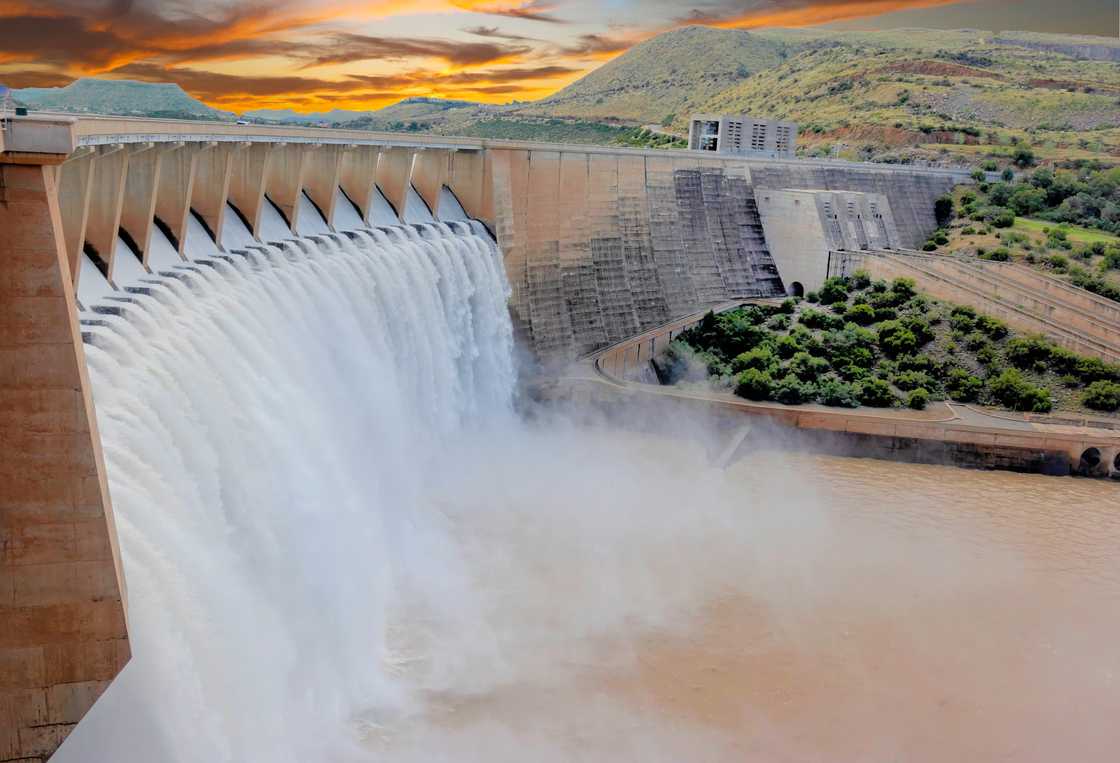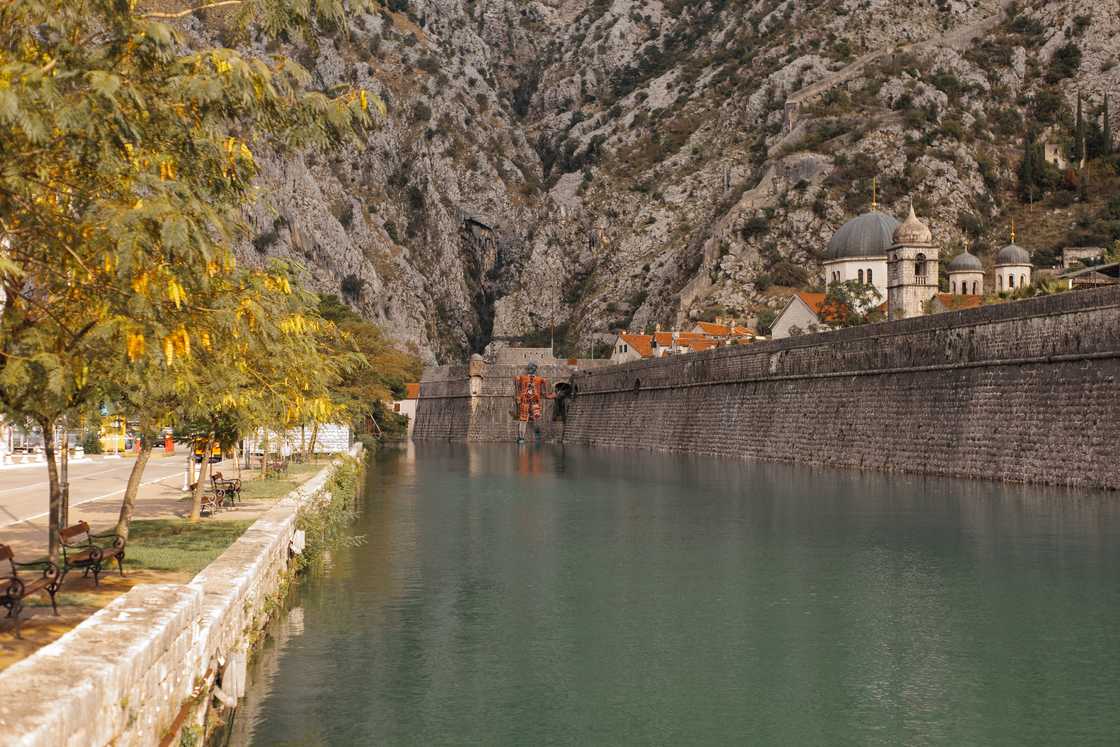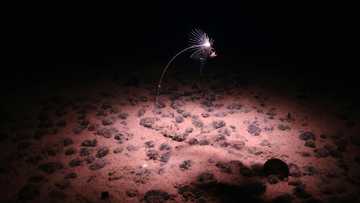List of natural and artificial sources of water on Earth
Did you know that human beings can only go for a few days without water before dying? Fortunately, the Earth has multiple sources of water for all living beings. Some are natural, meaning they have always existed from when the world came into existence, while others are man-made or artificial.

Source: UGC
TABLE OF CONTENTS
Many natural sources of water are degraded due to human influence. On the other hand, human activity has led to the discovery of artificial water sources.
Natural and artificial sources of water on Earth
The world is currently experiencing the harsh aftermath of climate change. Many individuals, groups, and countries advocate for environmental preservation and conservation.
For humans to protect the environment, all sources of water on Earth should be protected. Below, we explore more than 10 sources of water on Earth.
Natural sources of water supply
All human beings, regardless of their economic activity, need water to thrive. Farmers need it for plant and animal life.
Natural sources of water are those that have existed since the Earth was created. They did not come to be because of human activity. Below are various sources of water with pictures.
Rainwater

Source: UGC
Rainwater means rainfall precipitation collected from a roof catchment. Collecting and using rainwater is a great way of conserving resources.
The collected water can be used for cleaning, drinking, watering plants, bathing, or other home and workplace uses. It is crucial to maintain the rainwater system properly to ensure the water quality is appropriate for use.
Underground water
This refers to the water found in the cracks and spaces in rock and soil. It is stored in and moves slowly through various geologic formations known as aquifers. A large percentage of people use groundwater because it can be found almost everywhere.
Aquifers are made up of sand, gravel, fractured rock, or sandstone. Water moves through these materials because they are permeable. The speed of flow of groundwater depends on the size of the spaces in the soil or rock.
Lakes

Source: UGC
A lake refers to a body of water surrounded by land. There are numerous lakes in the world. Lakes are found on every continent and in different kinds of environments. Some are small, while others are large.
Rivers

Source: UGC
A river is a natural stream of water that normally flows in a channel with defined banks. Small natural rivers are sometimes called rivulets, branches, brooks, burns, or creeks.
Ponds
A pond is a body of fresh water in a depression in the Earth. The difference between a pond and a lake is that it is significantly smaller and shallower than a lake. In fact, most ponds are less than six or seven feet deep and have plants growing on the bottom.
Streams
A stream is a continuous body of water flowing within the banks of a channel. Sometimes, the word stream is used interchangeably with river. However, a river is bigger.
Oceans

Source: UGC
An ocean is an enormous body of saltwater. Did you know the Earth has one global ocean that covers 71% of its surface? The ocean is divided into regions called the Atlantic, Pacific, Arctic, and Indian oceans.
Seas
A sea is a big body of water, usually smaller than an ocean. Seas are normally located where the land and ocean meet, meaning they are partially enclosed by land.
Glaciers/ ice melts

Source: UGC
A glacier is a large mass of perennial ice that originates on land. It is formed by the recrystallisation of snow. Sadly, climate change is causing glaciers to melt. Ice melts are leaving the Earth iceless.
When global temperatures rise due to human activity, the ice melts. Consequently, more water flows to the seas, and ocean water warms and expands in volume.
Artificial sources of water
Artificial sources of water are those that came into existence due to human activity. Below are the man-made sources of water.
Dams

Source: UGC
A dam refers to a structure built across a river or stream to hold back water. Materials such as rocks, concrete or clay are used to construct dams. Dams have been used for many years to help prevent flooding. The water they hold can be used for household things, farming, fishing, or leisure and industrial activities.
Boreholes
A borehole is a narrow, deep, round hole sunk into the ground using a special machine. It is dug until the water table is arrived at. Usually, a geotechnical evaluation is done before the hole is sunk.
Wells

Source: UGC
A well is a hole drilled into the ground to access water contained in an aquifer. Wells are dug or drilled in various shapes and sizes. They can be shallow or deep, depending on how close the water table is to the ground.
Canals

Source: UGC
A canal is an artificial waterway that allows ships and boats to pass from one water body to another. Many times, canals are used to transport water for irrigation and other human uses.
What are the sources of water?
Sources of water refer to where water comes from. They can be natural or artificial sources.
What are the 10 sources of water?
The sources of water include rivers, lakes, oceans, seas, rainwater, underground water, wells, dams, boreholes, and ponds.
What is the importance of water?
Water is essential for maintaining plant, human, and animal life. Without it, all living things would die.
Where does water come from?
Water comes from natural sources such as rivers, lakes, and oceans. It also comes from man-made sources such as dams, wells, and boreholes.
The Earth has natural and artificial sources of water. Human activity is threatening the Earth's water bodies, so every human being should conserve and preserve their surroundings.
READ ALSO: The top 10 American weather forums and discussion boards you should check out
Yen.com.gh recently published a list of the top American weather forums and discussion boards you should know about. There is a direct link between human activity and extreme weather.
Scientists and weather enthusiasts are hopeful that climate change will become less abstract. Using American weather forums and discussion boards will help the public become more aware of the role of human activity in influencing droughts, floods, and heat waves.
Source: YEN.com.gh

Chris Ndetei (Lifestyle writer) Christopher Ndetei is a writer who joined the Yen team in May 2021. He graduated from Machakos Technical College in 2009 with a Diploma in ICT and has over four years of experience in SEO writing. Christopher specialises in lifestyle and entertainment coverage, with a focus on biographies, life hacks, gaming, and guides. He has completed the AFP course on Digital Investigation Techniques (2023) and earned the Google News Initiative Certificate (2024). In recognition of his work, he was named Yen Writer of the Year in 2024. You can connect with him via email at chrisndetei@gmail.com.

Cyprine Apindi (Lifestyle writer) Cyprine Apindi is a content creator and educator with over six years of experience. She holds a Diploma in Mass Communication and a Bachelor’s degree in Nutrition and Dietetics from Kenyatta University. Cyprine joined Briefly.co.za in mid-2021, covering multiple topics, including finance, entertainment, sports, and lifestyle. In 2023, she finished the AFP course on Digital Investigation Techniques. She received the 2023 Writer of the Year Award. In 2024, she completed the Google News Initiative course. Email: cyprineapindi@gmail.com






